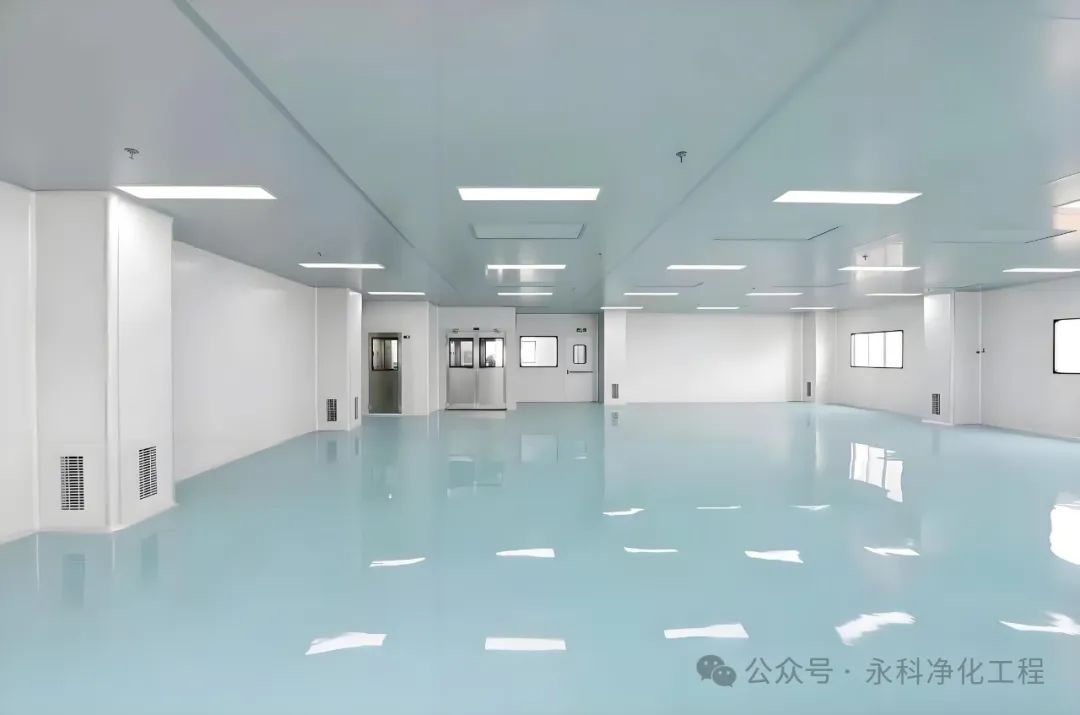In today’s rapidly developing high-tech era, printed circuit boards (PCBs) serve as the fundamental components of electronic devices, and their quality and stability are crucial for the overall performance of electronic products. The production process of PCBs, especially the critical steps carried out in cleanrooms, is an indispensable part of ensuring their quality. This article will delve into the importance of PCB cleanrooms, construction standards, management, and maintenance.

1. The Importance of Cleanrooms
The production process of PCBs has extremely high requirements for environmental conditions. Dust, particles, chemical residues, or static electricity in the air can have fatal impacts on PCBs, leading to performance degradation, failure, or even scrapping. Therefore, establishing a highly clean, temperature and humidity-controlled, and static-protected cleanroom is an essential prerequisite for PCB production. Cleanrooms provide a stable and controllable production environment for PCB manufacturing, ensuring that every PCB meets design requirements and quality standards.
2. Construction Standards for Cleanrooms
1. Particle Control: Cleanrooms should be equipped with high-efficiency air filtration systems (such as HEPA filters) to remove dust, particles, and other pollutants from the air. These filters need to be regularly replaced and maintained to ensure filtration efficiency. Additionally, the materials for floors and walls should be chosen to minimize dust generation and be easy to clean (such as epoxy flooring and anti-static coatings) to reduce particle sources.
2. Temperature and Humidity Control: The production process of PCBs has strict requirements for temperature and humidity, necessitating the installation of constant temperature and humidity systems to ensure that the conditions within the cleanroom remain within set ranges. This avoids issues caused by temperature and humidity fluctuations, such as material deformation and abnormal chemical reactions. Monitoring equipment must continuously monitor and automatically or manually adjust system parameters to ensure environmental stability.
3. Static Control: Static electricity can damage electronic components; therefore, comprehensive anti-static measures must be implemented in the cleanroom. This includes using anti-static flooring, workstations, tools, and clothing, as well as installing ion blowers to neutralize static charges in the air. Additionally, a complete grounding system should be established to ensure that all equipment, tools, and personnel are properly grounded to prevent static accumulation.
4. Chemical Gas Control: For processes that use chemical solvents or gases, dedicated ventilation systems must be installed to ensure harmful gases are promptly expelled from the cleanroom, preventing impacts on personnel health and product quality. Furthermore, harmful gas monitoring equipment should be installed to continuously monitor gas concentrations within the cleanroom, ensuring they remain within safe limits.
3. Management and Maintenance of Cleanrooms
1. Regular Cleaning: A strict cleaning schedule should be established and executed, regularly cleaning the floors, walls, and equipment in the cleanroom to maintain a tidy environment. Professional cleaning tools and materials should be used to ensure effective cleaning.
2. Personnel and Material Management: Before entering the cleanroom, personnel must wear cleanroom garments and shoe covers and pass through dust removal equipment such as air showers. Materials must also undergo cleaning before entry to prevent external contaminants from being brought in. Through strict management of personnel and materials, the cleanliness of the cleanroom can be ensured.
3. Equipment Maintenance: Regular maintenance of production equipment is essential to ensure it operates at optimal conditions. Additionally, cleanroom equipment (such as air filtration systems and ventilation systems) should be regularly maintained and tested to ensure they continuously meet purification requirements.
4. Training and Awareness Enhancement: Strengthening employees’ understanding of the importance of cleanrooms and conducting regular training related to cleanliness control is crucial. Improving overall participation and execution ensures effective management of cleanrooms.
4. Future Development Trends
With the continuous development of intelligent manufacturing and Internet of Things technologies, the environmental control of PCB cleanrooms will become more intelligent, efficient, and eco-friendly. By adopting advanced control technologies and optimization strategies, precise control and continuous optimization of environmental parameters can be achieved. Additionally, the introduction of natural ventilation and ground-source heat pump renewable energy technologies will further reduce energy consumption and enhance the sustainability of environmental control.
Conclusion from Fujian Yongke
In summary, PCB cleanrooms are a key environment for high-tech manufacturing, and their design, construction, and management directly determine the quality and efficiency of PCB production. As technology continues to advance, the requirements for cleanrooms will become increasingly stringent, driving innovation in related technologies across materials science, environmental engineering, automation technology, and other fields. In the future, more intelligent and efficient cleanrooms will become a crucial force in promoting the high-quality development of the PCB industry.